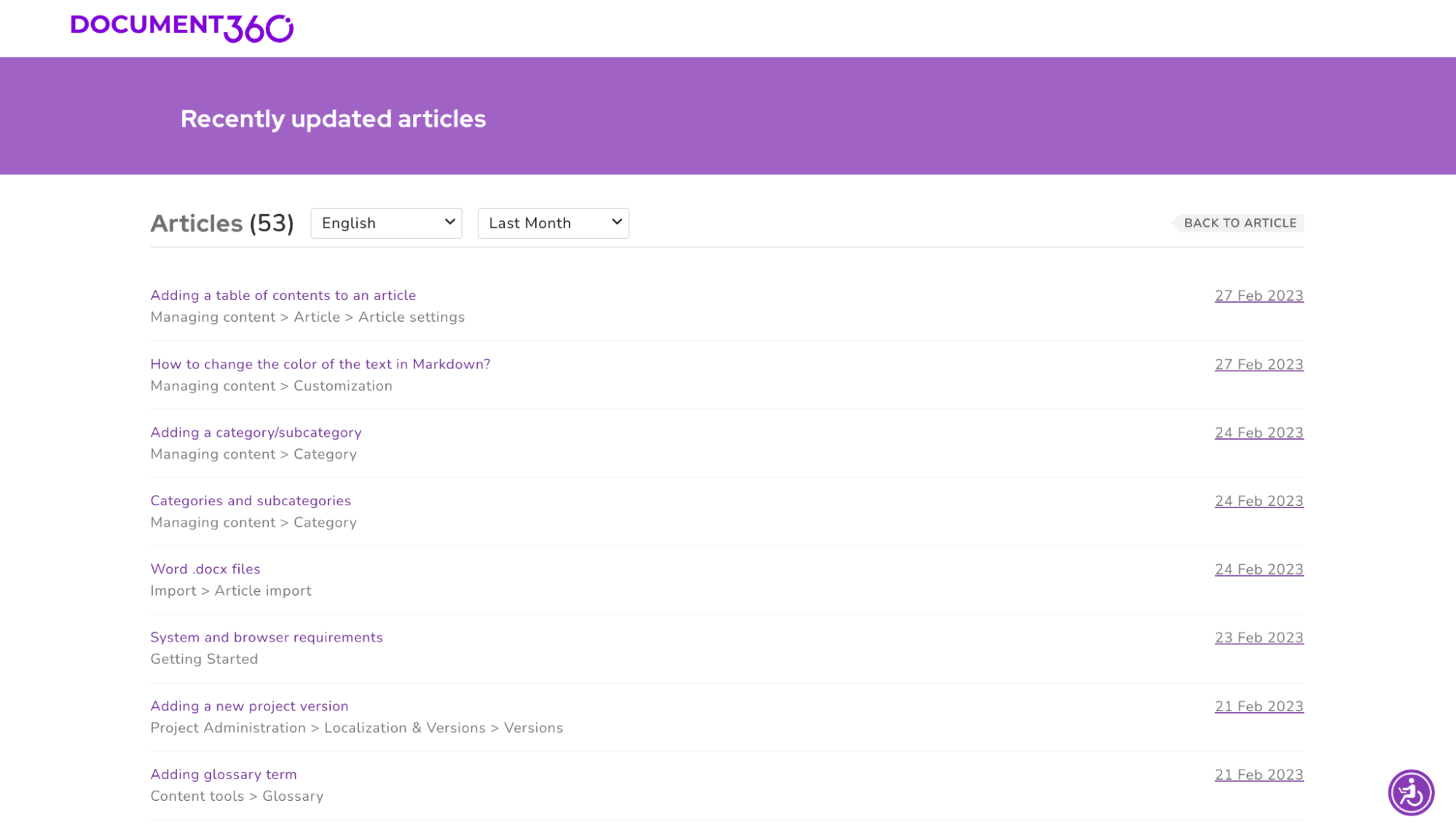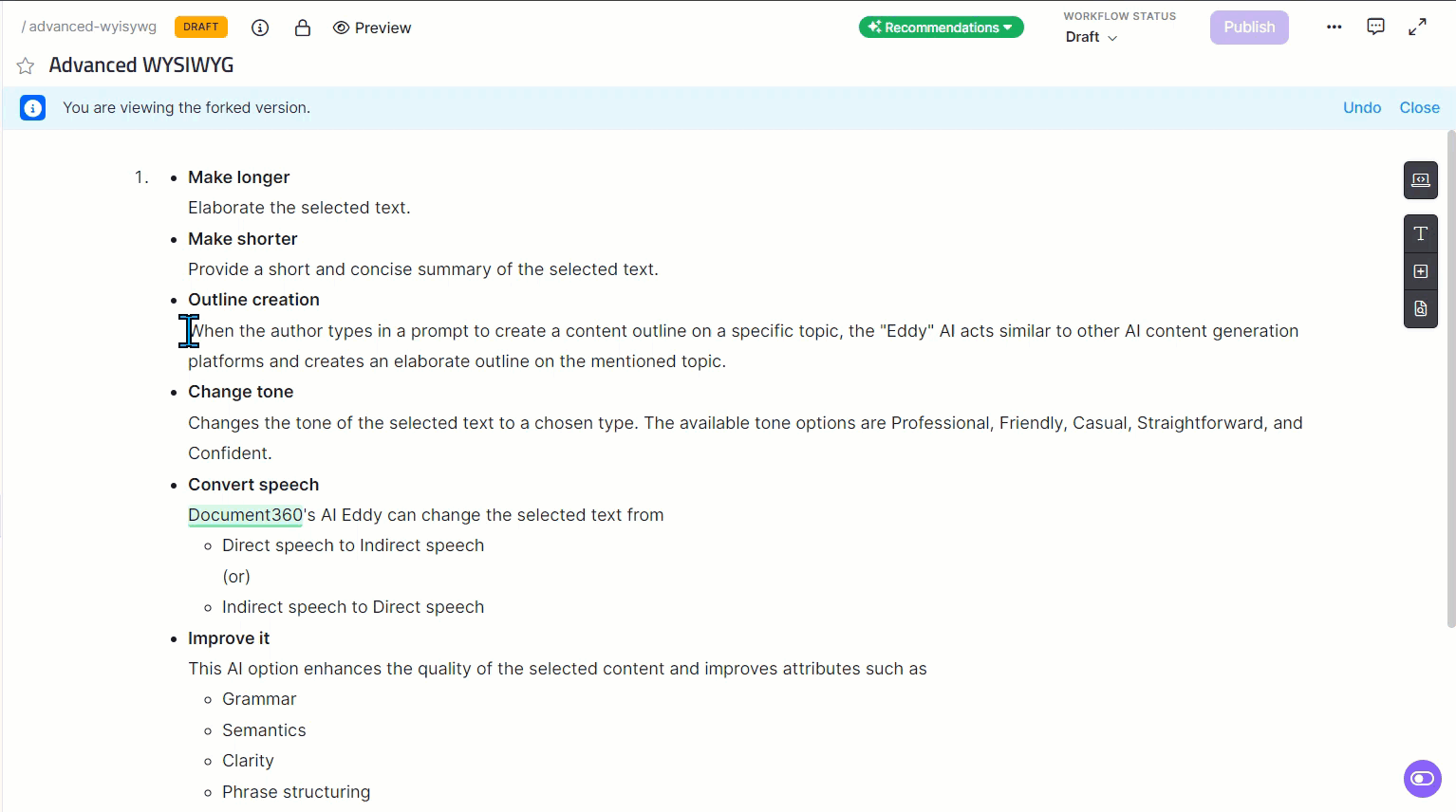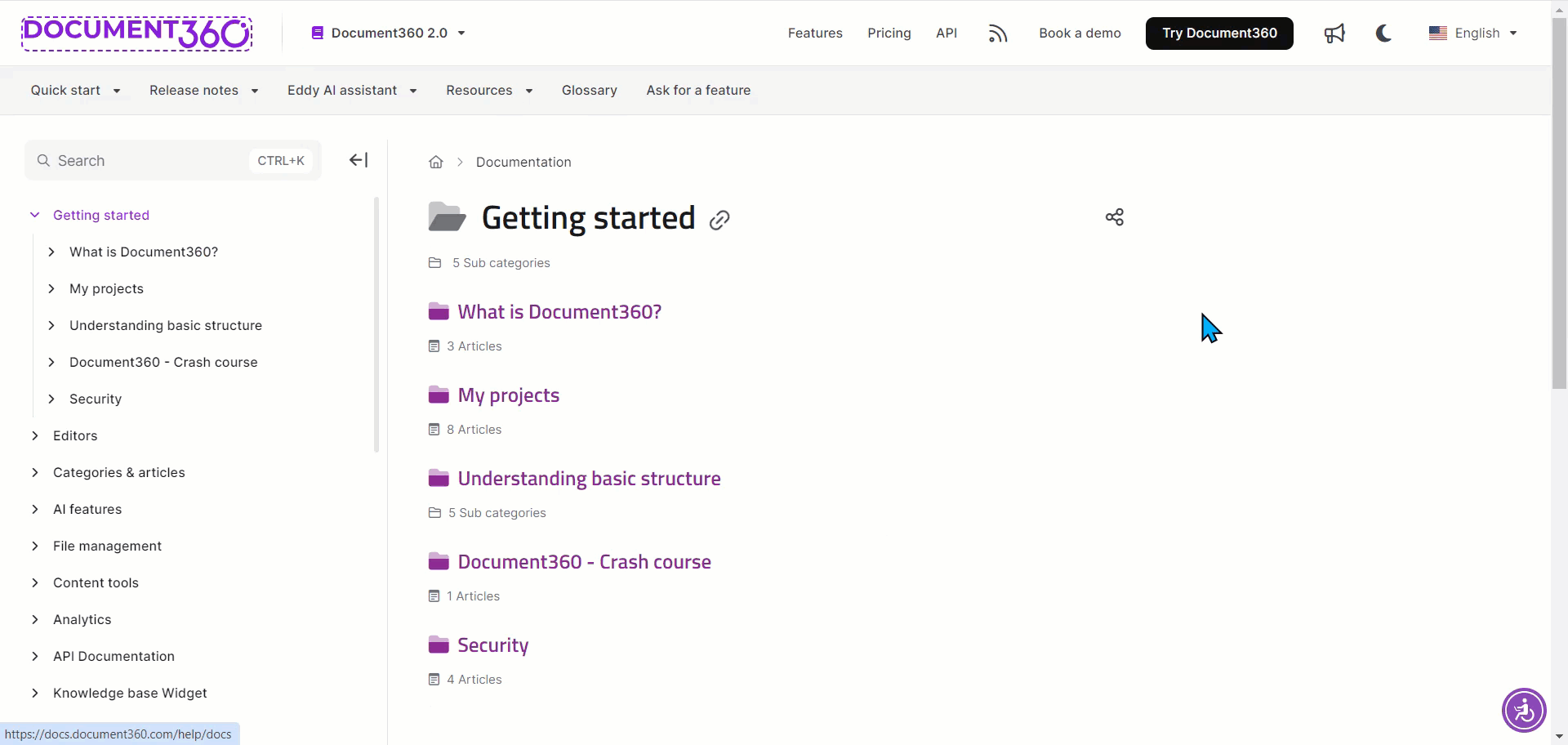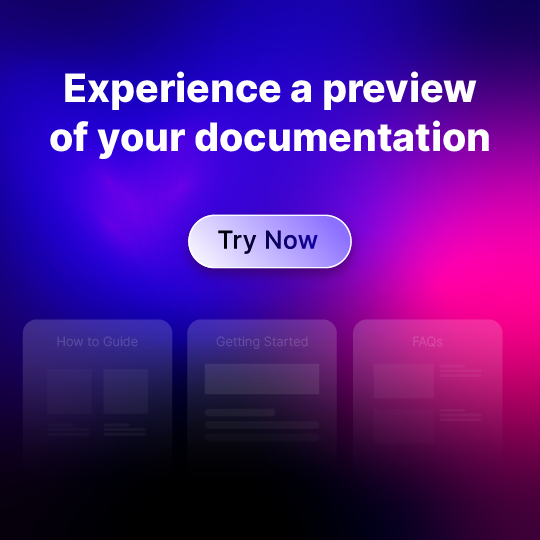Good technical writing is in the eye of the beholder, or so they say. But the reality is, we all know what good looks like, and often we’re left wanting.
Great technical writing is hard to find as the majority is either overly complicated, long-winded or just lacking good basic grammar. It can genuinely be really tough to find sources worth reading and this is a shame, because with a few simple tweaks, an average piece of technical writing can be turned into a great one.
Here are 10 tips you should consider to improve your technical writing efforts:
With this blog, I am passing on what I’ve learned and experienced, outlined below as ten tips to master technical writing.
Basics first: What is technical writing?
|
Technical writing is creating clear, concise documentation that explains complex information to a specific audience. This can include anything from software manuals and user guides to technical reports or product descriptions, to make technical details understandable, even to non-experts. |
Simply put, technical writing is documenting complex, wordy technical stuff into simple, easy, and digestible content.
Tips for Great Technical Writing
1. Know Your Audience and Understand Their Requirements
Truth be told, no good piece of content can sail through without its audience when it comes to technical writing. And no good audience is hooked without their pain points being addressed in what they read. So first and foremost, know what would feed your techie geeks and their tight spots. Some topics may consider newbies, while others may address the intermediary or the professional. That’s when you need to answer yourself the following factors:
- What is the level of your audience?
- How much information must be in their skillset already?
- What must be the depth of your content so that it doesn’t lose the interest of your audience?
2. Choose the Style and Structure
What would you be with someone else’s personality? If that is strange to answer, ask yourself what your technical content would be without its tone, voice, and uniqueness. While you think it is only important to deliver what is asked, no matter if that is coming from someone else’s ideas in the name of inspiration, you are moving the wrong way.
Reaching out to experts and understanding what professionals want to convey to the learners sounds like a good idea, but always present with an abundance of your research and a dash of industry finesse.
3. Keep Simple and Concise Language
Let the content be in an active voice. This will help you maintain reader engagement with its clear and concise style of writing. To assess the readability of your content, the guidelines recommend keeping the passive voice under 10% to ensure smoothness in your content. Another point to ponder upon is to avoid jargon and acronyms because that may shift your audience from a complex article to one that is easy to digest. Whenever needed, use the business glossary section so your readers can effectively refer to, understand, and add to their dictionary.
4. Add Visual Cues
Think of your blog as a manual for the freshmen. Not only do the steps in a written format suffice their knowledge, but the images and videos also make them confident that what they are grasping is right.
Brownie points? It makes the content all the way more engaging, holds more traction, and strengthens the ideas.
Also read: Role of Videos in Modern Technical Writing
5. Cite Relevant Examples
While the right kind of information may decide the accuracy of your content, related examples will always give a strong recognition to it. People remember the incidents, use cases, and walkthroughs. Even the complex of ideas can make it easy to understand and might seem directly applicable.
To take an example, when writing software documentation, instead of merely describing functions, offer a use case where a specific function automates a repetitive task like “using the script to automate file backups prevents data loss during system updates.”
You can also add a walkthrough for executing the script to reinforce the concept and ensure the reader understands the theory and practical implementation.
6. Be Clear About the Purpose of the Content
Research your topics deeply, wander in your thoughts, and brainstorm different ways something can be solved, but always remember to pen down the purpose profoundly. Understand how your target audience relates to your subject matter and level the detail of the language accordingly.
The idea should be to organize or give a structure to the content with headings, subheadings, important terms, etc., and not to confuse them so that the reader can be guided through the material aptly.
7. Get SMEs to Review Your Content
Cut to simplifying the acronym, SMEs would be the Subject Matter Experts who will apply their expertise to your awareness while you fine-tune your technical writing.
Now, why do so when you have a plethora of content available on the internet to add to your knowledge? It can surely reflect upon what has been happening around the industry, but an expert will tell you what is happening inside the laboratories. Additionally, SMEs can help refine complex explanations, making them more understandable for the intended audience without sacrificing technical integrity.
8. Revise and Update Your Content Over Time

Your search results might show you the ticket to know-how but try to dwell on the ideas that are generated based on analytics. User Feedback scores top regarding the important factors that help you stay up-to-date in technical areas. They offer real-life insights into how users interact with your content and where they may face challenges.
While support tickets highlight recurring issues in product or service usage, FAQs can contribute to common areas of confusion, prompting you to refine them. These feedback channels, when incorporated into daily research routines, ensure that your content remains uncommon yet accurate.
Also read: Data Analytics Skills for Technical Writers
9. Avoid References to Time-Sensitive Information
Rather than maintaining your information based on ‘currently,’ ‘this year,’ or ‘last month,’ seek data that is based on general processes and broader concepts. Concerning technical writing, you can try not to mention certain version numbers or specific dates, for functionality can change dynamically. Avoiding time-sensitive information will prove your content to be reliable for a long time across different iterations and updates of the product or service you are talking about.
This will also mean that your readers trust the documentation even if they read it much later than its original date of publication.
10. Use an AI-Powered Technical Writing Tool

- Prompts for writing better content
Intelligent prompts can be a great guide to your write-ups, including maintaining a structure, style adjustments, etc.
- Review with AI
Want to catch subtle errors and inconsistencies in your content? Use AI to check for grammar, clarity, tone, consistency, and more.
For example, Review this article for the end user manual. Check aspects like readability, understandability, technicality, and grammar. Give me good comments and point me to specific areas in the article that need improvement. Make sure the article follows the Microsoft Style Guide.
- Use AI tools to create images
What AI can not do yet is take you through the restroom. Otherwise, you can ask AI to generate related creatives for your piece of article. This is particularly useful for technical writing, where visual aids help explain complex concepts.
11. Make Your Content Accessible

Bring out the strategies that make your content accessible to the world out there and enhance its usability for everyone. Factors that make your content seamlessly available can include
- Using Alt Text for Images – Include descriptive alt tags for all images and clearly describe the image’s purpose or content, so users who cannot see the image still receive the necessary information.
- Readable Fonts & High Contrast – Choose simple, legible fonts and ensure high color contrast between the text and background.
- Transcriptions & Subtitles for Multimedia – When using videos or audio content, include captions or transcripts. This benefits those in noisy or quiet environments.
- Web Accessibility – This means ensuring that your content is enhanced with keyboard navigability, has a logical structure, and provides alternatives for non-text content.
Also Read: Examples of Technical Writing
▶ Watch Daria Tombolelli from KNIME share how to simplify documentation for non-technical users.
Conclusion
While everybody has their style of writing and documenting, a few alterations can make all the difference and take your technical writing up a notch. Try implementing the suggestions and check for yourself how minor confusion and inaccuracies take a farewell from your technical writing.





 –
– 

